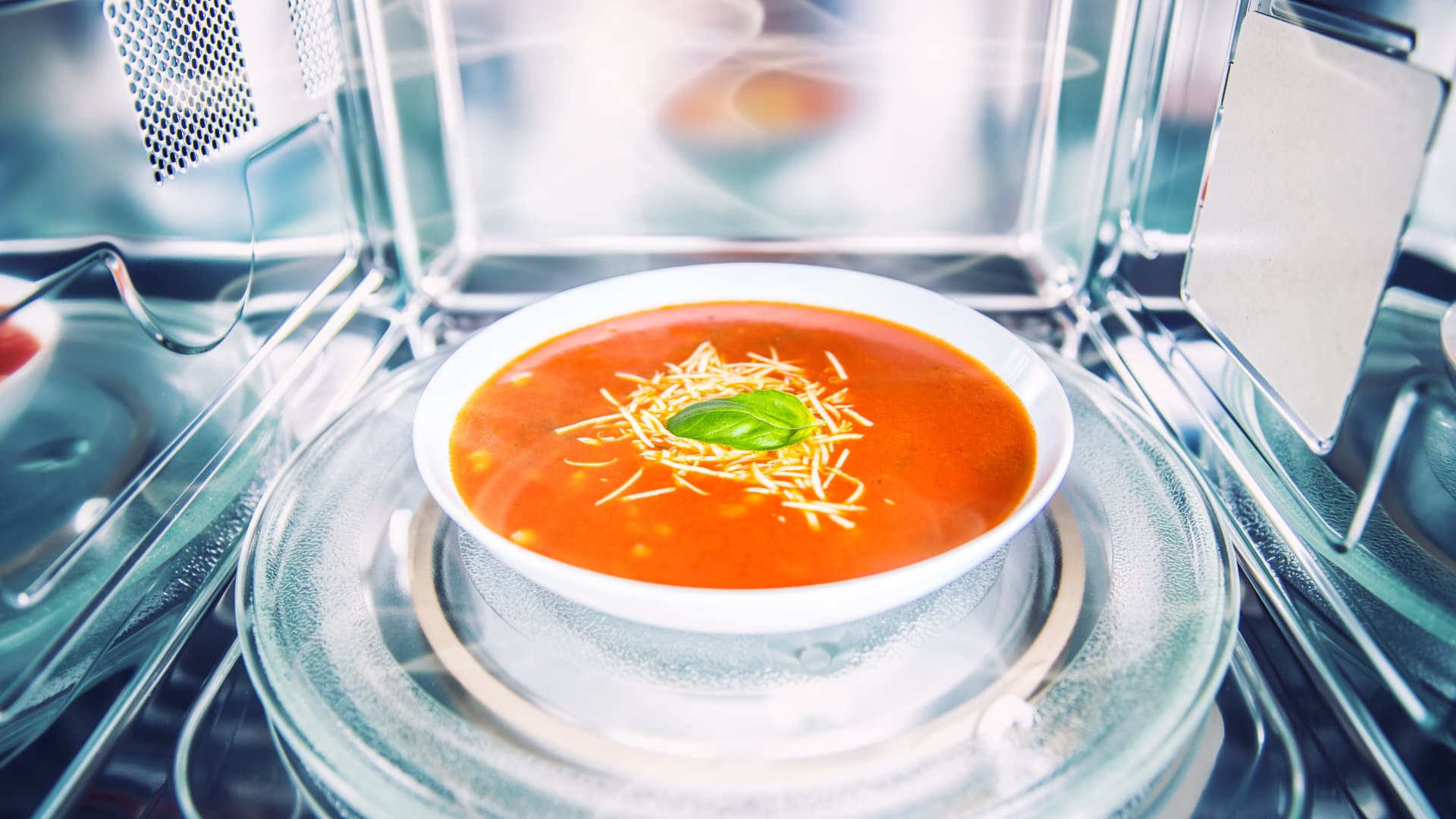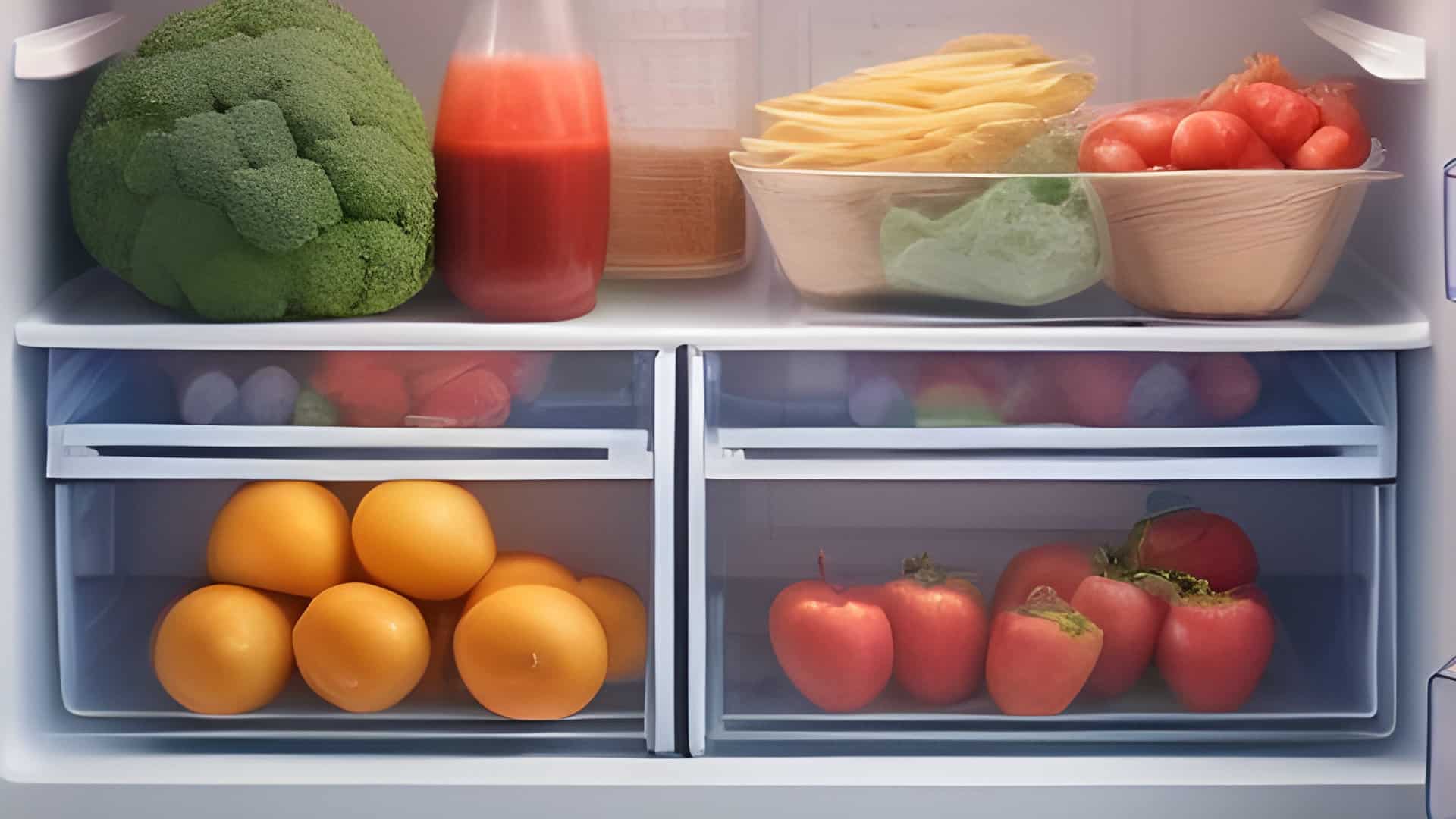
Microwaves get a lot of use and, in most households, they don’t get a lot of cleaning. This is because cleaning your microwave is inconvenient. Who wants to reach all the way into that deep box with a sponge? Who wants to remove layer-after-layer of soup and sauce splatter? Unfortunately, it’s not just about lingering smells and disturbing splatter-art on the inner walls. If your microwave goes too long without a good cleaning, it can start to act like something is wrong with the pieces. Why? Because what’s wrong might be built-up gunk in the mechanisms.
Today, we’re taking a closer look at microwave repair issues that are often fixed with a little elbow grease and a soapy sponge. If your microwave is not working correctly and is also quite dirty, take a look at these specific areas to determine if the fix is quicker and easier than you might think.
Microwave Plate Doesn’t Spin
The microwave plate spin starts with a drive motor. The motor runs and spins the drive-shaft, which is a post that extends from the motor’s spinning chamber. The drive-shaft connects to the drive-coupler, a triangular piece of plastic that fits into the bottom of the microwave plate center. On top sits the microwave plate, with it’s grooves on the coupler. The plate is also supported by a circular or multi-legged roller-guide. The roller-guide holds up the outer edges of the microwave plate and rolls on tiny plastic wheels.
If the microwave plate has stopped spinning, take a close look at this stack. If the hole underneath the plat is gummed, food may be stopping the drive shaft itself. If the coupler is filled-in with gunk, it can’t connect properly to push the plate around. If the roller-guide wheels are caked or broken, they may not be able to move with the plate.
Microwave Door Won’t Open
Another common problem is that the microwave door latch stops working correctly. A latch is a very specific fitted item. It is usually a hook-shaped item that falls over a small rod or plastic tab. The hook may include a special locking place just to hold the door firmly closed. An unwashed microwave has a fairly high potential for food to get where it doesn’t belong. If your microwave door won’t open, this could be because gummy food has sealed the latch in place. There might be something caught in the button mechanism or gumming the motion of the latch. To fix a microwave door that won’t open, you will need to open the cabinet or access the underside to release the latch manually. From there, you will want to disassemble the microwave and door to find what was blocking the connection.
Microwave Door Won’t Close
Another common problem is a microwave door that won’t close. If the door doesn’t latch, you can’t begin microwaving. And if you can, don’t. That chamber is leaking micro-waves which are not good for organic material. A microwave door that doesn’t latch is both inconvenient and dangerous. Best-case scenario is that your microwave is out-of-service. For the microwave door to latch closed, the hook must be able to press down onto the bar or tab.
A microwave door that doesn’t close might be because the latch is unable to connect. In some cases, it may be gunk in the mechanism, preventing the two pieces from coming together. In other cases, it might be stacked crumbs that are blocking the latch from lowering. Shake out the area, swab or scrub with a long-handled tool, or take apart your microwave door to clean the latch.
Microwave Light is Out or Dim
The microwave light is an important part of cooking with short-wave radiation. Things boil in a weird way inside a microwave and it’s helpful to see your food so you know when it’s about to explode. Oatmeal overflows, soup bombs, and boiling milk can all be prevented with a peek. Of course, that doesn’t work without the light. If your microwave light seems dimmer than it should be, this might not be a power problem. It might be a layers-of-grime problem. Identify the thick plastic light cover on the inside of the microwave, in rare and older models, the cover might be real glass. Wipe away the layers of food residue that have obscured your light cover. This will reveal if your light is dim or just shaded by soup particles.
Microwave Plate Rattles When it Spins
If your microwave plate rattles, this is something that is often fixable at home without the help of a technician. It is very often something you can fix with a little cleaning. One source of the rattling plate is a dirty microwave floor. If the microwave floor is like a bumpy alien terrain of soup, stew, and cocoa leavings, the roller guide is going to shake as it goes over them just like a bumpy road.
If the plate stops and starts, seeming unsteady on the drive coupler, then there might be food leavings in the connecting grooves. Take the plate and guide out to soak separately, then scrub the drive coupler to ensure it’s clean and un-eroded. Replace any piece that you find broken, turn plate pieces are both easy to find and affordable.
Microwave Tilts or is Not Level
Finally, you might be concerned if your microwave clearly sits at a tilt. If you can see that soup is not level in the bowl inside your microwave or if sauce tends to pool on the plate, this could also be an issue of microwave cleanliness. If the plat is dirty and crusted, it might set dishes at an angle when they are put inside. If the microwave floor is dirty, the plate will wobble as it goes along.
If your entire microwave is level, clean the counter and feet, then twist the leveling feet to make sure the microwave stands flat on the counter. —Sometimes appliance repairs don’t require a screwdriver or work gloves to fix. You can skip a lot of troubleshooting steps if you know when a little cleaning will do the trick. For more serious appliance repair concerns, contact us today.

How to Fix the nF Error Code on a Samsung Washer

Kenmore Elite Dryer Issues: How To Troubleshoot

Microwave vs. Oven: Pros and Cons and How They Differ

Self-Cleaning Oven Smell: Causes & Odor Reduction Tips

Frigidaire Ice Maker Not Working? 7 Ways to Fix It

Why Is Your LG Refrigerator Not Cooling? (9 Common Reasons)

GE Oven F2 Error: Causes & Solutions

How to Reset the Water Filter Light on a Samsung Refrigerator

Maytag Washer Showing F5 Error Code? Here’s What To Do






